Animal Companions of the Gods: Pets Associated with Sekhmet and Their Significance in Ancient Egypt
Sekhmet Pets
- Animal Companions of the Gods: Pets Associated with Sekhmet and Their Significance in Ancient Egypt
- From Pets to Protectors: The Evolution of Felines as Sacred Animals in Sekhmet's Worship
- Guardians of the Divine: The Role of Sekhmet's Sacred Animals in Ancient Egyptian Culture
- Healing Powers of Sekhmet’s Pets: How Cats and Other Animals Were Viewed in Ancient Egyptian Medicine
- King Tut and the Worship of Sekhmet: How Pets Became Symbols of Protection
- Lions, Cats, and Pharaohs: Sekhmet’s Animal Companions in the Age of Tutankhamun
- Sekhmet and the Sacred Lions: The Myth and Symbolism of Feline Companions in Ancient Egypt
- Sekhmet's Influence on Ancient Egyptian Pets: How Cats Became Sacred Protectors in King Tut’s Egypt
- Sekhmet’s Spirit: The Protective Pets and Guardians in Pharaoh's Courts During King Tut's Rule
- The Power of the Feline: How Sekhmet's Influence Made Cats Sacred in the Time of King Tut
The Power of the Feline: How Sekhmet's Influence Made Cats Sacred in the Time of King Tut
Sekhmet Pets
- Animal Companions of the Gods: Pets Associated with Sekhmet and Their Significance in Ancient Egypt
- From Pets to Protectors: The Evolution of Felines as Sacred Animals in Sekhmet's Worship
- Guardians of the Divine: The Role of Sekhmet's Sacred Animals in Ancient Egyptian Culture
- Healing Powers of Sekhmet’s Pets: How Cats and Other Animals Were Viewed in Ancient Egyptian Medicine
- King Tut and the Worship of Sekhmet: How Pets Became Symbols of Protection
- Lions, Cats, and Pharaohs: Sekhmet’s Animal Companions in the Age of Tutankhamun
- Sekhmet and the Sacred Lions: The Myth and Symbolism of Feline Companions in Ancient Egypt
- Sekhmet's Influence on Ancient Egyptian Pets: How Cats Became Sacred Protectors in King Tut’s Egypt
- Sekhmet’s Spirit: The Protective Pets and Guardians in Pharaoh's Courts During King Tut's Rule
- The Power of the Feline: How Sekhmet's Influence Made Cats Sacred in the Time of King Tut
King Tut and the Worship of Sekhmet: How Pets Became Symbols of Protection
Sekhmet Pets
- Animal Companions of the Gods: Pets Associated with Sekhmet and Their Significance in Ancient Egypt
- From Pets to Protectors: The Evolution of Felines as Sacred Animals in Sekhmet's Worship
- Guardians of the Divine: The Role of Sekhmet's Sacred Animals in Ancient Egyptian Culture
- Healing Powers of Sekhmet’s Pets: How Cats and Other Animals Were Viewed in Ancient Egyptian Medicine
- King Tut and the Worship of Sekhmet: How Pets Became Symbols of Protection
- Lions, Cats, and Pharaohs: Sekhmet’s Animal Companions in the Age of Tutankhamun
- Sekhmet and the Sacred Lions: The Myth and Symbolism of Feline Companions in Ancient Egypt
- Sekhmet's Influence on Ancient Egyptian Pets: How Cats Became Sacred Protectors in King Tut’s Egypt
- Sekhmet’s Spirit: The Protective Pets and Guardians in Pharaoh's Courts During King Tut's Rule
- The Power of the Feline: How Sekhmet's Influence Made Cats Sacred in the Time of King Tut
Sekhmet and the Sacred Lions: The Myth and Symbolism of Feline Companions in Ancient Egypt
Sekhmet Pets
- Animal Companions of the Gods: Pets Associated with Sekhmet and Their Significance in Ancient Egypt
- From Pets to Protectors: The Evolution of Felines as Sacred Animals in Sekhmet's Worship
- Guardians of the Divine: The Role of Sekhmet's Sacred Animals in Ancient Egyptian Culture
- Healing Powers of Sekhmet’s Pets: How Cats and Other Animals Were Viewed in Ancient Egyptian Medicine
- King Tut and the Worship of Sekhmet: How Pets Became Symbols of Protection
- Lions, Cats, and Pharaohs: Sekhmet’s Animal Companions in the Age of Tutankhamun
- Sekhmet and the Sacred Lions: The Myth and Symbolism of Feline Companions in Ancient Egypt
- Sekhmet's Influence on Ancient Egyptian Pets: How Cats Became Sacred Protectors in King Tut’s Egypt
- Sekhmet’s Spirit: The Protective Pets and Guardians in Pharaoh's Courts During King Tut's Rule
- The Power of the Feline: How Sekhmet's Influence Made Cats Sacred in the Time of King Tut
Guardians of the Divine: The Role of Sekhmet's Sacred Animals in Ancient Egyptian Culture
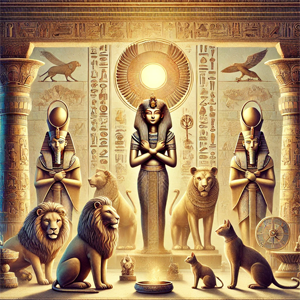 In ancient Egypt, animals held an extraordinary place, revered not only as earthly creatures but as guardians and embodiments of divine forces. One of the most compelling examples of this was the goddess Sekhmet, the fierce lioness deity known as the goddess of war, healing, and protection. Often depicted with a lioness head and a solar disk, Sekhmet was associated with a range of sacred animals, primarily lions, cats, and occasionally other creatures. This article explores the role of these sacred animals as symbols of Sekhmet’s power and their profound influence on ancient Egyptian culture.
In ancient Egypt, animals held an extraordinary place, revered not only as earthly creatures but as guardians and embodiments of divine forces. One of the most compelling examples of this was the goddess Sekhmet, the fierce lioness deity known as the goddess of war, healing, and protection. Often depicted with a lioness head and a solar disk, Sekhmet was associated with a range of sacred animals, primarily lions, cats, and occasionally other creatures. This article explores the role of these sacred animals as symbols of Sekhmet’s power and their profound influence on ancient Egyptian culture.
The Significance of Sekhmet in Ancient Egypt
Sekhmet, whose name means "the Powerful One," was both feared and revered in ancient Egypt. As the goddess of war and healing, she represented both destruction and protection, balancing life and death. Believed to be the daughter of the sun god Ra, Sekhmet was seen as a vengeful force against enemies of the gods but also as a healer capable of ending plagues and protecting the pharaoh. Her dual nature led her to become an essential deity in the lives of the ancient Egyptians, especially during times of disease or conflict.
In many temple reliefs and statues, Sekhmet is depicted with the head of a lioness, a powerful symbol of strength and fierceness. This lioness form was a primary representation of her role as a protector, with lions and other animals that represented her seen as sacred and often revered within Egyptian households and temples.
Lions as Symbols of Power and Protection
Lions were considered the primary animal embodiment of Sekhmet. Their strength, bravery, and dominance in the wild made them natural symbols of power. In ancient Egypt, lions were not only revered but also kept in royal palaces and temples as symbols of divine authority. Pharaohs would occasionally capture lions to display their own power, showcasing them in ceremonies to align themselves with the fearsome goddess.
The presence of lions in art and ritual often symbolized Sekhmet’s ability to protect the pharaoh and the Egyptian people. Some records suggest that lions were kept in temple precincts dedicated to Sekhmet and her father, Ra, as a form of living tribute to her strength. Lion statues, often placed near temples and tombs, served as guardians against evil spirits and harmful forces, ensuring safety for those seeking Sekhmet’s protection.
Cats as Sacred Animals in Egyptian Households
Although lions were sacred to Sekhmet, it was cats that became the most cherished domestic animals in ancient Egyptian households. Their natural hunting abilities, which helped protect grain stores from rodents, combined with their independence, grace, and beauty, made them ideal companions. Cats were eventually linked to both Sekhmet and the goddess Bastet, who represented the more nurturing side of feline qualities.
For Egyptians, owning a cat was a privilege and often a divine act. Cats in Egyptian households were treated as family members, given elaborate burials, and adorned with jewelry. It was believed that by keeping cats, families invited the protection of both Bastet and Sekhmet into their homes. Some scholars suggest that Sekhmet’s protective powers were felt by families who embraced these sacred animals, seeking safety from disease and ill-fortune.
Sekhmet's Connection to Other Sacred Animals
While lions and cats were the primary animals associated with Sekhmet, other creatures were occasionally linked to her as symbols of protection and divine authority. For instance, crocodiles, jackals, and even hawks were sometimes honored alongside Sekhmet in her temples. Crocodiles, feared for their power in the Nile, were sometimes seen as symbols of protection, much like lions, representing Sekhmet’s fierce aspect. Hawks, associated with divine sight and sharp focus, highlighted Sekhmet’s role as a watchful protector of the pharaoh and the gods.
These animals, though not as prominently associated with Sekhmet as lions or cats, were respected as part of the broader pantheon of sacred animals in Egyptian culture. Their inclusion in rituals and temples dedicated to Sekhmet served to emphasize her wide-reaching powers and her ability to embody different aspects of strength and protection.
Rituals and Offerings to Sekhmet’s Sacred Animals
In temples dedicated to Sekhmet, rituals often included offerings to lions and other sacred animals as a means of honoring the goddess’s protective powers. Priests and priestesses would leave food and adorn lions with jewelry and ceremonial garb during festivals in Sekhmet’s honor. These rituals were performed to maintain her favor, especially during times of illness or military conflict, when her protection was most sought after.
Festivals honoring Sekhmet were held with great ceremony, involving processions, songs, and sacrifices. Animal symbols of Sekhmet, such as lion statues or amulets shaped like cats, were often gifted to devotees seeking her blessings. These amulets, commonly placed on altars, tombs, or worn as personal protection, were believed to invoke the goddess’s healing powers and strength, offering the bearer her protection in both life and death.
Sekhmet’s Legacy: Feline Reverence in Ancient Egyptian Culture
Sekhmet’s influence extended beyond the confines of the temples, becoming deeply embedded in the daily lives of the ancient Egyptians. The respect and admiration for lions and cats within Egyptian culture can be traced back to her symbolism, leaving a lasting legacy on how animals were perceived and treated.
With the worship of Sekhmet, Egypt saw the rise of the cat as a sacred animal, protected by laws and revered within Egyptian society. Killing a cat, even accidentally, was considered a serious offense punishable by death, further emphasizing the profound respect Egyptians held for these creatures.
The preservation of animal mummies, especially those of cats, in the tombs of ancient Egyptians shows how closely they identified with these sacred animals and how they viewed them as eternal companions, capable of providing protection even in the afterlife.
Conclusion
The role of Sekhmet’s sacred animals in ancient Egyptian culture illustrates the intricate relationship between divine reverence and animal symbolism. Lions and cats, as well as other powerful creatures, were much more than earthly animals; they embodied the fierce protection, healing powers, and strength that Sekhmet represented. Through these sacred animals, Egyptians connected with Sekhmet’s divine protection and sought to invite her strength into their lives.
As guardians of the divine, Sekhmet’s animals became symbols of power, protection, and eternal companionship, creating a legacy that endured throughout ancient Egypt and continues to fascinate us today.
Sekhmet Pets
- Animal Companions of the Gods: Pets Associated with Sekhmet and Their Significance in Ancient Egypt
- From Pets to Protectors: The Evolution of Felines as Sacred Animals in Sekhmet's Worship
- Guardians of the Divine: The Role of Sekhmet's Sacred Animals in Ancient Egyptian Culture
- Healing Powers of Sekhmet’s Pets: How Cats and Other Animals Were Viewed in Ancient Egyptian Medicine
- King Tut and the Worship of Sekhmet: How Pets Became Symbols of Protection
- Lions, Cats, and Pharaohs: Sekhmet’s Animal Companions in the Age of Tutankhamun
- Sekhmet and the Sacred Lions: The Myth and Symbolism of Feline Companions in Ancient Egypt
- Sekhmet's Influence on Ancient Egyptian Pets: How Cats Became Sacred Protectors in King Tut’s Egypt
- Sekhmet’s Spirit: The Protective Pets and Guardians in Pharaoh's Courts During King Tut's Rule
- The Power of the Feline: How Sekhmet's Influence Made Cats Sacred in the Time of King Tut

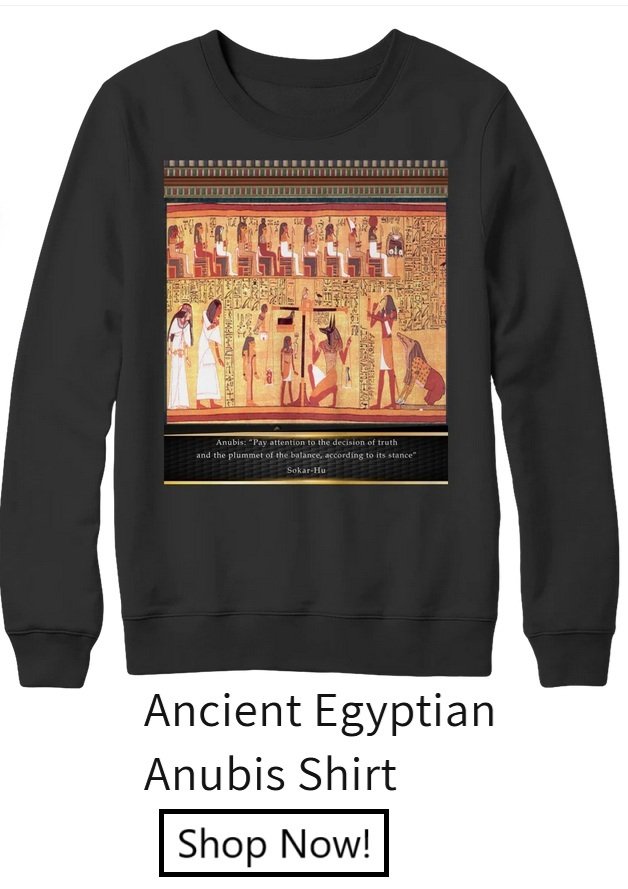
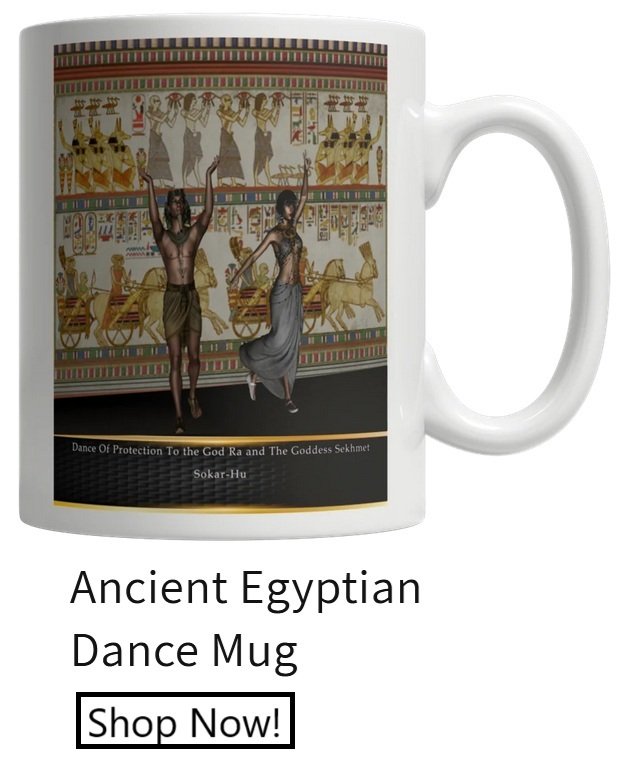
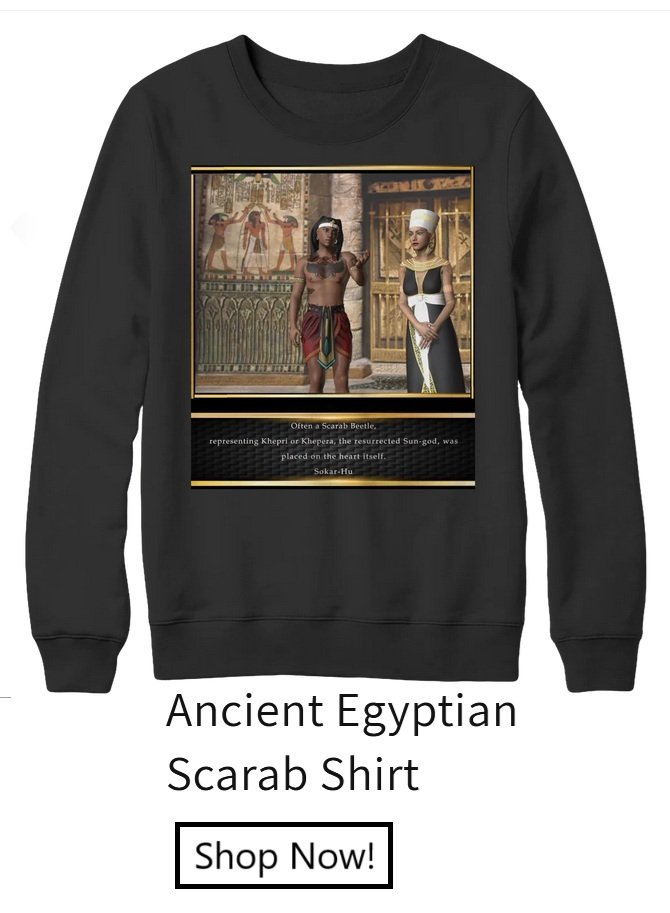
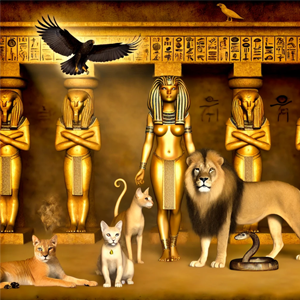 In the golden sands of ancient Egypt, the gods walked among the people, their spirits embodied in creatures both fierce and gentle. None held a more commanding presence than Sekhmet, the lioness-headed goddess of war, healing, and protection. To the Egyptians, she was the embodiment of both wrath and compassion, a deity who could bring sickness or cure it with a mere thought. But beyond her power, it was the creatures associated with Sekhmet—the lions, cats, and even desert creatures—that became symbols of protection and divine companionship in Egypt’s ancient world.
In the golden sands of ancient Egypt, the gods walked among the people, their spirits embodied in creatures both fierce and gentle. None held a more commanding presence than Sekhmet, the lioness-headed goddess of war, healing, and protection. To the Egyptians, she was the embodiment of both wrath and compassion, a deity who could bring sickness or cure it with a mere thought. But beyond her power, it was the creatures associated with Sekhmet—the lions, cats, and even desert creatures—that became symbols of protection and divine companionship in Egypt’s ancient world.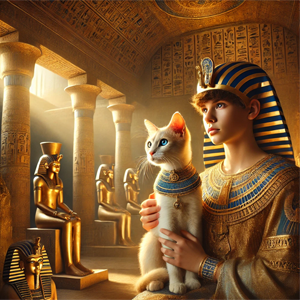 In the heart of ancient Egypt, under the rule of the young and enigmatic King Tutankhamun, the people worshipped many gods, but few were as revered or as feared as Sekhmet, the lioness-headed goddess of war, healing, and fierce protection. Known as “the Powerful One,” Sekhmet commanded both loyalty and awe, and her influence ran so deep that even her sacred animal, the feline, became a symbol of divine guardianship.
In the heart of ancient Egypt, under the rule of the young and enigmatic King Tutankhamun, the people worshipped many gods, but few were as revered or as feared as Sekhmet, the lioness-headed goddess of war, healing, and fierce protection. Known as “the Powerful One,” Sekhmet commanded both loyalty and awe, and her influence ran so deep that even her sacred animal, the feline, became a symbol of divine guardianship.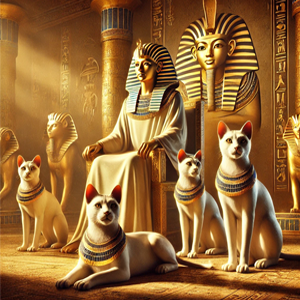 In the golden age of ancient Egypt, during the brief yet legendary reign of the boy king Tutankhamun, the gods were ever-present in the lives of the people. One of the most powerful among them was Sekhmet, the lioness-headed goddess of war and healing. Known for her fierce, protective nature, Sekhmet’s presence was felt everywhere in Egypt—from the great temples to humble homes—and during Tutankhamun’s rule, her influence on daily life and even on beloved pets became undeniable.
In the golden age of ancient Egypt, during the brief yet legendary reign of the boy king Tutankhamun, the gods were ever-present in the lives of the people. One of the most powerful among them was Sekhmet, the lioness-headed goddess of war and healing. Known for her fierce, protective nature, Sekhmet’s presence was felt everywhere in Egypt—from the great temples to humble homes—and during Tutankhamun’s rule, her influence on daily life and even on beloved pets became undeniable.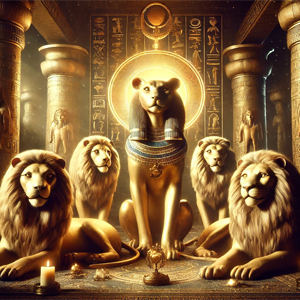 In the golden sands of ancient Egypt, where the sun blazed as a fiery eye above the Nile, tales of gods and creatures mingled with the lives of the people. It was in these lands that the people worshiped Sekhmet, the lion-headed goddess of war, healing, and fierce protection. Sekhmet, daughter of Ra, was known to carry the power of the sun itself, a force of destruction and life, and her lions roamed the land as symbols of her strength and vigilance.
In the golden sands of ancient Egypt, where the sun blazed as a fiery eye above the Nile, tales of gods and creatures mingled with the lives of the people. It was in these lands that the people worshiped Sekhmet, the lion-headed goddess of war, healing, and fierce protection. Sekhmet, daughter of Ra, was known to carry the power of the sun itself, a force of destruction and life, and her lions roamed the land as symbols of her strength and vigilance.